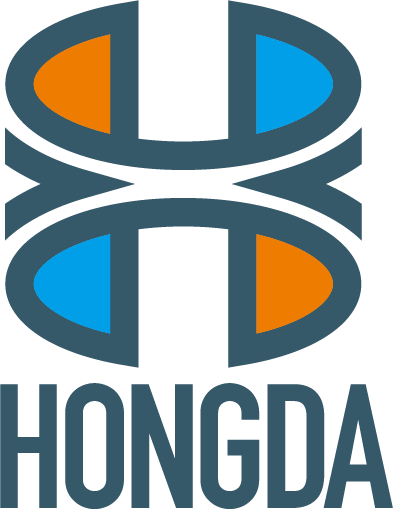What are the printing processes and methods?
Release time:
2022-01-10
modern applications, the term printing can be applied to any process that produces a wide range of reproductions. However, the discussion here will be confined to the main direct or contact printing methods

modern applications, the term printing can be applied to any process that produces a wide range of reproductions. However, the discussion here will be confined to the main direct or contact printing methods, whereby reproductions are produced from the lead plates or image carriers of a printing press; these methods still account for over 90 per cent of commercial printing. This is not, of course, to minimise the growing importance of non-contact printing such as electrostatic and electrosensitive copying, thermal printing, inkjet printing and laser printing.
A high proportion of paper and board has its end product printed, and the printing industry is the most concentrated consumer of paper products. The printing industry is a huge industry in its own right, with U.S. sales in 1990 estimated at over $100 billion.
In order to produce paper suitable for printing, the papermaker must know and understand the requirements of the printer. There are basically two important factors that need to be considered, namely runnability and printability. Runnability is the ability of the sheet to pass smoothly through the press without breaking its head. A sheet with poor runnability will malfunction or have to slow down the press, which will have a negative impact on the economics of printing. The paper properties that are more important for runnability are strength, uniformity and absence of paper diseases. Also important from the point of view of runnability is the mechanical condition of the rolls or flats that are sent to the printer.
Related news
